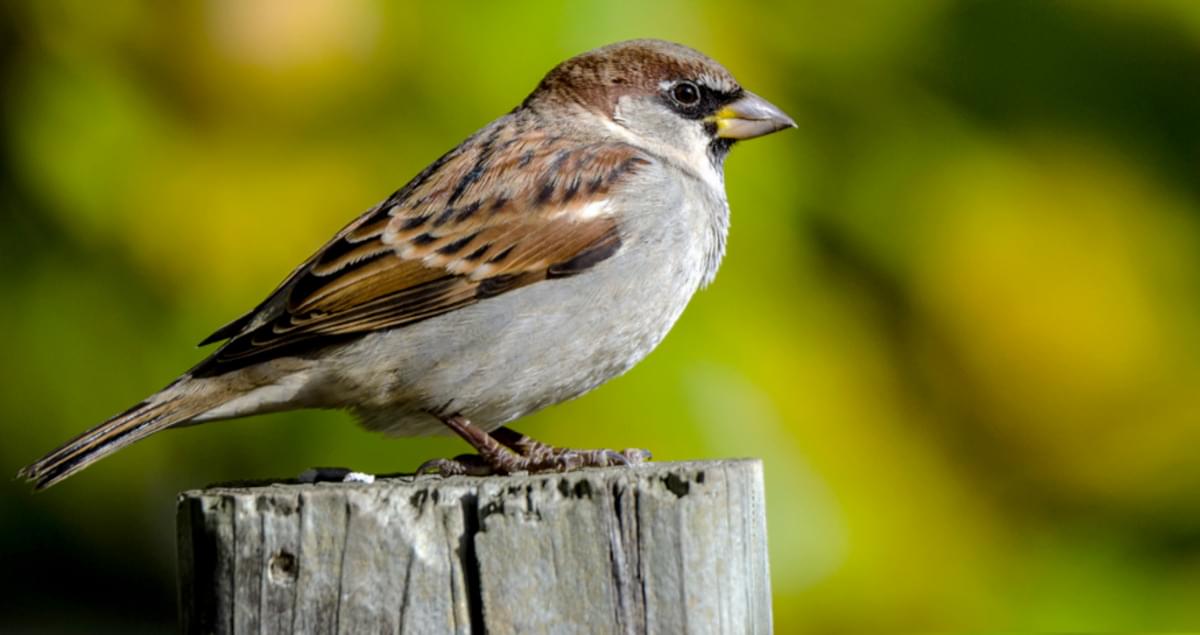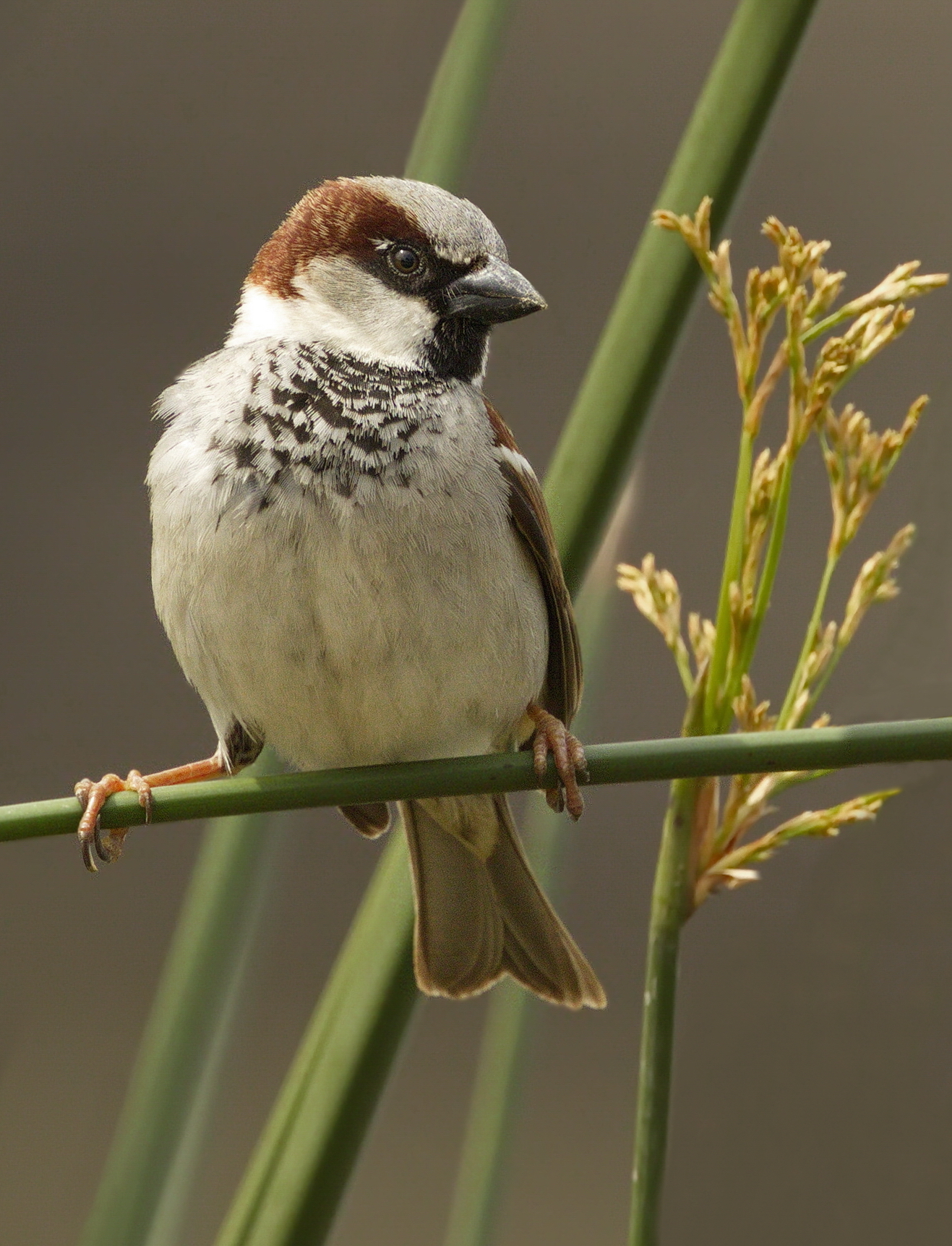Table Of Content

The results are published in the Wilson Journal of Ornithology. Reports from nearly 12,500 sites were used and cross-referenced with the National Land Cover database to determine whether the U.S. sightings came from rural or urban locations. These birds have a plant-based diet and tend to focus on seeds; they especially enjoy cracked corn and millet. House sparrows aren’t particularly picky about what they eat, though — you may find them everywhere from at your feeders to munching on crumbs on the grounds of an outdoor restaurant. House sparrows aren't popular among birders, and for good reason. Learn more about them to better deal with these birds at your feeders and nest boxes.
Species names in all available languages
And the fact that people introduced them to this continent is sometimes held against them. When first introduced into the United States in 1851, house sparrows were protected from predators and fed. However, populations expanded enormously in North America and they were soon considered a nuisance species. Since the 1960's, with the changes in farming to larger, single crop farms, populations have declined. They are not, however, seen as threatened and are not included in most Canadian and U.S. regulations.
Black-throated Sparrow
They lay up to four eggs, and these take around two weeks to hatch and a further two weeks for the young to leave the nest. After that, however, the parents look after the young for another month. Abert’s Towhees forage for insects such as beetles, ants, caterpillars, cicadas, and grasshoppers. They will also eat some seeds, especially grasses, in winter.
Fewer Wild Birds Are Visiting Gardens in the UK, Survey Finds - EcoWatch
Fewer Wild Birds Are Visiting Gardens in the UK, Survey Finds.
Posted: Mon, 29 Jan 2024 08:00:00 GMT [source]
NestWatch
It has been hypothesized that DNA methylation or other molecular epigenetic mechanisms may have affected the ability of populations to colonize new areas (Box 1). In Australian house sparrows, a similar pattern was found as well as an epigenetic signature mirroring that of genetic population clustering arising from the original source population (Sheldon et al., 2018). One form of epigenetic potential is the number of CpG sites (sequences in the genome where DNA methylation can occur) in gene promoters. Nestling house sparrows are fed an insect-based diet for the first three days after hatching. Later, following fledging, they favor grains, especially outside urban areas (Anderson, 2006). Adult house sparrows have a fairly opportunistic diet throughout much of the year, especially in cities and suburbs where human refuse is plentiful (Summers-Smith, 1988).
Noisy nestlings usually attract the parents who will continue to care for them. They should not take more than a half hour or so, as growing young birds need constant feeding. If the adults do not return to nestlings, contact a wildlife rehabilitator in your area for advice.
Breeding biology

Scare house sparrows away from sheltered spots in the evening so they will be forced to find less protected spots that make them more susceptible to nighttime predators. Installing mesh beneath a home’s eaves may also be effective in keeping house sparrows from roosting in those protected areas. House sparrows prefer to feed on the ground or on large, stable hopper or platform feeders; remove these feeder styles to discourage house sparrows from visiting. Instead, use clinging mesh feeders, socks, or tube feeders with perches shorter than 5/8 of an inch to prevent house sparrows from perching easily. Clean up spilled seed quickly to discourage ground-feeding sparrows.
Breeding period
Dark-eyed Juncos are sparrows that are different a color depending on the state. They are generally slate-colored in the east and black, white, and brown in the west. California Towhees are large, brown, plump sparrows with long tails, short wings, and a rusty patch under their tails. This guide will help you identify the types of sparrows spotted in California according to avibase and uses data collected from bird watchers on ebird to give real information about when these birds can be spotted. Many sparrows have distinctive head markings and often migrate, so you can discount them at certain times of the year. These two pieces of information help with identification and are included in this guide.
House sparrow nest appearance
This guide will help you identify 29 species of sparrows by sight and sound that can be spotted in California. Also, find out what time of year to spot them and some fun facts. House sparrows incubate the eggs for an average of 11 days before egg hatching. In higher latitudes which normally imply cold average temperatures, eggs take longer to hatch and may take up to 14 days. Egg color ranges from light brown to greenish or bluish-white.
From House Sparrows to Blue Tits: The stunning birds spotted the most often in UK gardens - so, have you seen - Daily Mail
From House Sparrows to Blue Tits: The stunning birds spotted the most often in UK gardens - so, have you seen.
Posted: Thu, 11 Apr 2024 07:00:00 GMT [source]
Attract Califonia Towhees to your yard with millet on-ground feeders and plant native berry plants. They lay up to five eggs, and these take up to two weeks to hatch and at least a week for the young to fledge. If you learn a few of the songs of sparrows by listening to the audio recordings in the guide, it will help, especially with some of the more distinctive sparrow songs.
By waiting to open your nest boxes until migratory birds return, you can ensure that they have a better chance of finding an unoccupied site. Simply plug the entrance hole of your boxes until nesting season begins. Note that this means that your resident chickadees, titmice, and nuthatches may also have to wait for the migrants to return.
She roosts inside the nest upon starting to lay eggs, but she does not incubate the eggs. The initiation of nest building depends on whether males are still unmated or the pair is already formed. Unmated males find a nesting site and build a nest or start one.
The male advertises his presence and the nest site by calling persistently while perched next to the nest site. Prospective females inspect the nest site and stay or move on. Once a pair is formed, the female takes over mainly to make the interior cup and lining. House sparrows are year-round residents and breed where they occur. The general feeling was that this could be achieved by simply renaming some of the sections and adding a few guiding sentences throughout. House sparrows are one of the most ubiquitous birds in the world (Anderson, 2006).


No comments:
Post a Comment